Honestly, I absolutely love living in a seabird colony.
I know that if you’ve read other entries, you might think that I don’t care for, disliked, or even hated staying in the colony. It’s noisy, sandy, inconvenient, and smells bad. It’s kind of like a city, and it’s the contrast with the peace and solitude of the rest of Monomoy island that makes it so great.
Monomoy is already a dynamic landscape shaped by tides, storms, and wind, and life in the colony serves as a accelerated, time lapse view of the island’s incredible rate of change. The camp is built in late May, a few weeks after the terns have arrived and just as the first tern nests are beginning to appear on the island. This year, Monomoy surpassed Great Gull Island (off the coast of Connecticut) as the largest tern colony on the east coast, with over 21,000 nesting common terns raising chicks here. In addition to the Common terns (Sterna hirundo), the Monomoy colony is home to approximately 15 pairs of endangered Roseate terns (Sterna dougallii), a few hundred Laughing gulls (Leucophaeus atricilla), and various willets.
There are some Herring gulls that try to nest in the colony too, but they’re “discouraged” from nesting here and typically retreat to North Monomoy instead, where there’s a thickly settled gull colony comprised of Herring and Great Black Backed gulls (Larus smithsonianus and Larus marinus, respectively). The research station exists primarily for the few Roseate terns that choose to breed here, but the benefits extend to the Common terns as well in the forms of productivity measurements, census taking, and predator management.
In the colony, we can see the lives of terns going through changes all around us. The passing of time is measured by their growth and marked by the events of their lives- the appearance of the first nests, waiting as the birds incubate, hatching and productivity banding, the first chicks to wander in and out of the cook tent, mass banding days and the fledging of thousands of tern chicks, and finally the gradually increasing silence as chicks move out, adults become less aggressive, and the colony slowly returns to its calmer self.
There are other events too – horseshoe crab spawning, meteor showers, “worm day,” the arrival of coyotes in the colony, that time a deer was loose around camp- that help to add variety to life n the colony, times where things didn’t go quite as planned or we were able to witness incredible spectacle of nature.
Besides getting closer to nature, living at camp is a great way to get to know your coworkers and find new and exciting things
Nights at camp are some of my favorites. Clear skies make for hours of incredible starwatching, beautiful photos, and ghostly terns illuminated in our headlamps.
Meteors are a common sight on the island, and the Milky Way is visible on all but the worst nights. The first time I saw it, I couldn’t actually believe that we were seeing stars until we got a chance to look through a scope. What had been an indistinct cloudy blur was instantly resolved into thousands and thousands of discrete pinpricks of light, loose clusters that were indistinguishable to the eye alone. It’s unbelievable how much we can see on Monomoy. to occupy your downtime. Besides the never-ending battle to keep sand and Salmonella in the tents to an acceptable minimum, popular camp activities orbit around reading, coloring, photography, naps, card games, poi balls, fishing, and exploring the island.
Cooking is another popular activity, but the size of the kitchen tent means that everyone takes turns heating whatever they’re making that day, and thence tries to find a cool, bug free place to eat it. In recent weeks, an explosion in the greenhead fly population has led to a new sort of “competitive flycatching,” where daily tallies of flies squashed are compared at the end of the day. Entertainment options are strongly subject to whatever we’re able to find on the island, though, so changes from week to week are expected.
Although camp lacks some of the rustic charm of the lighthouse, it makes up for it in the activity and companionship that you can find there. Sure, the terns can be aggressive. In the end, though, it’s just what makes Monomoy an incredible island and a beautiful experience.
Luke Rein is a field technician with Massachusetts Audubon, living on Monomoy Island and studying piping plovers. You can read more about life on Monomoy at lukerein.com.




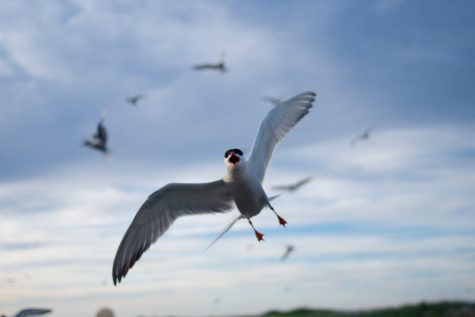
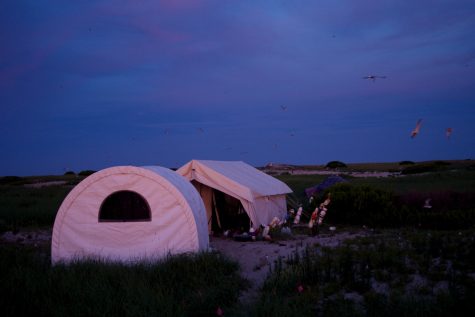
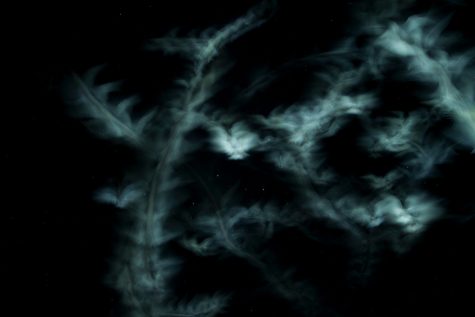
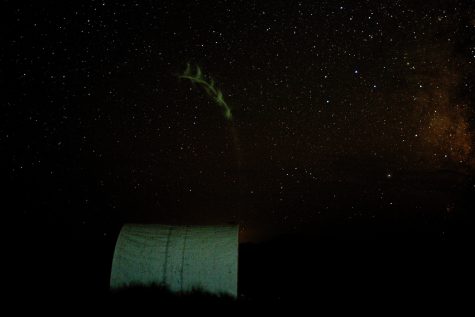
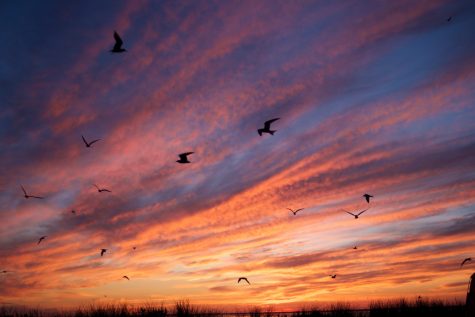


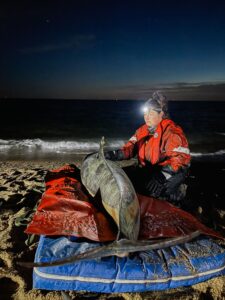
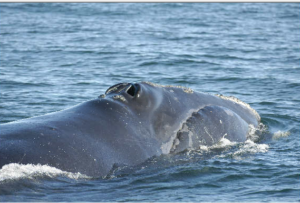




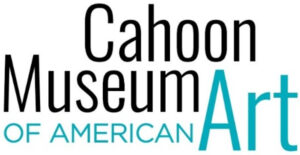


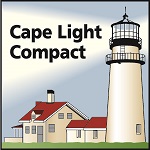









Speak Your Mind